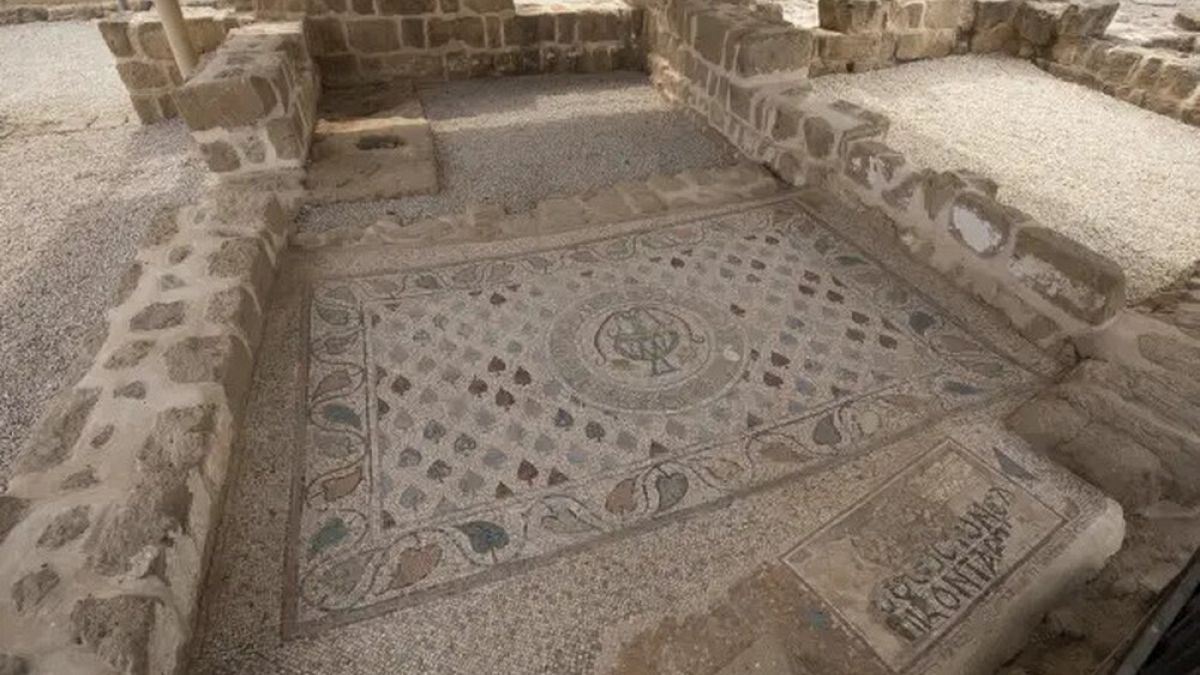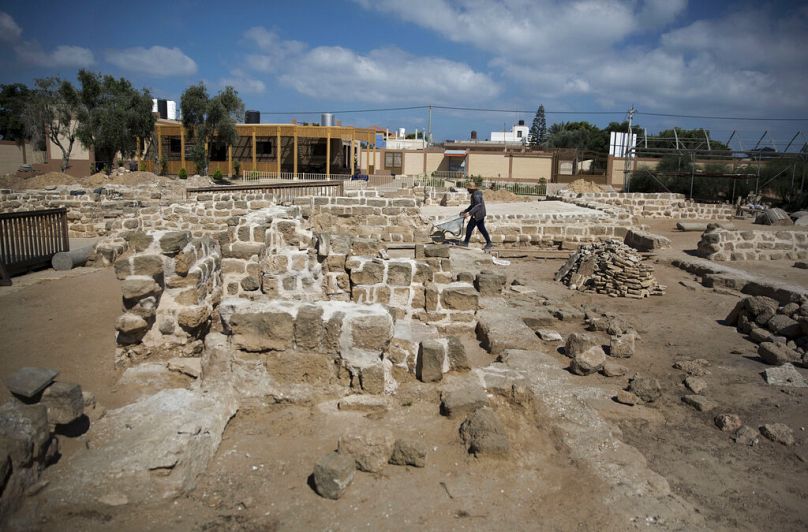The monastery’s entry to the list was fast-tracked, due to UNESCO’s “deep concern” about the impact of the ongoing war on the site.
UNESCO has added a fourth-century Christian monastery in Gaza to its list of endangered sites as a result of the Israel-Hamas war.
The decision to add the ancient Saint Hilarion Monastery was announced during the 46th iteration of the UNESCO World Heritage Committee in New Delhi, India.
Though the monastery, also known as Tell Umm Amer, had been on the organisation’s tentative heritage list since 2012, its status was fast-tracked using emergency procedures amid the ongoing conflict.
The Saint Hilarion Monastery – one of the oldest, largest, and most complex monasteries in the Middle East, home to the first monastic community in the Holy Land – was simultaneously added to the World Heritage List and the List of World Heritage in Danger.
“This decision recognises both the site's value and the need to protect it from danger,” UNESCO said in a statement, adding that the organisation “expresses deep concern about the impact of the ongoing conflict on cultural heritage, particularly in the Gaza Strip.”
Being added to the list gives the site access to technical and financial aid to guarantee its protection and, if necessary, help with its restoration.
Dozens of historic religious and archaeological sites, as well as museums, have been destroyed in airstrikes on Gaza, including the Great Mosque of Gaza.
“The organisation urges all involved parties to strictly adhere to international law, emphasising that cultural property should not be targeted or used for military purposes, as it is considered civilian infrastructure,” the UNESCO statement read.
















